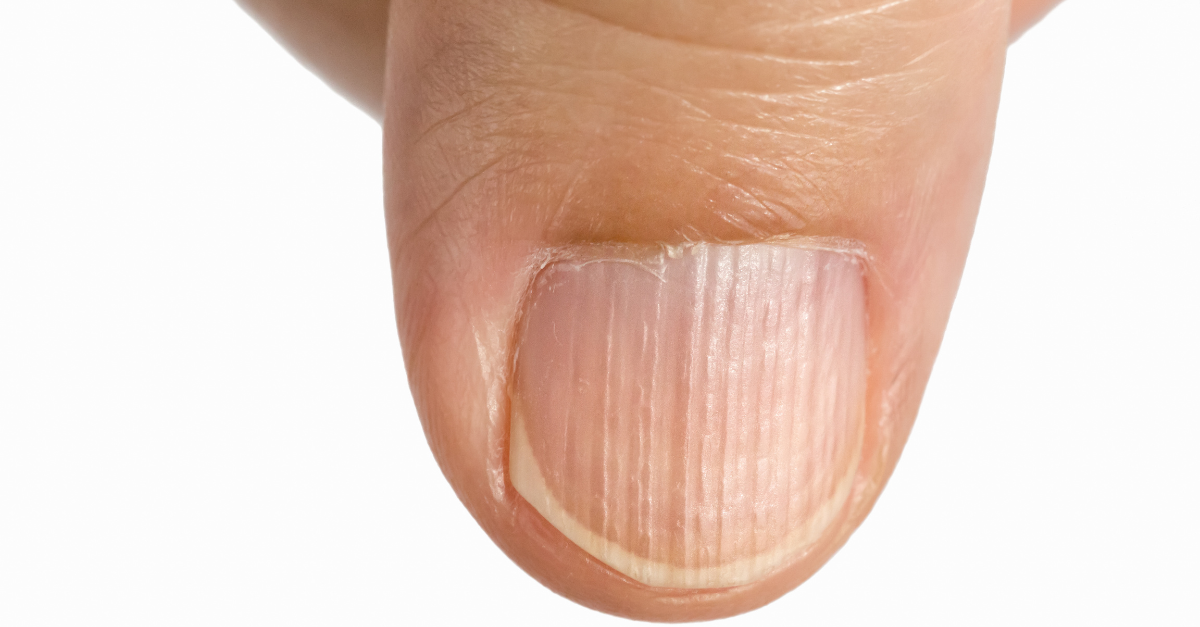Demystifying the Science of Photobiomodulation: A Comprehensive Guide to Light Therapy
Have you ever pondered the healing potential of light? It's more than just a source of illumination; it's an untapped well of therapeutic potential. This fascinating branch of health science, known as photobiomodulation, is steadily gaining traction, offering promising avenues for health and wellness.

A History Illuminated: Tracing the Roots of Photobiomodulation
Photobiomodulation (PBM), though a relatively new term, is built on centuries-old foundations. The therapeutic use of light dates as far back as ancient Egypt, where sunlight was utilized for health benefits. However, it wasn’t until the invention of lasers in the 1960s that the field truly began to take shape.
A pivotal moment occurred in 1967 when Endre Mester, a Hungarian scientist, discovered that low-level laser light accelerated wound healing and hair growth in mice. This marked the genesis of low-level laser therapy (LLLT), now recognized as a subset of photobiomodulation.
Shining a Light on Current Trends: Photobiomodulation Today
Fast forward to today, and photobiomodulation has evolved into a sophisticated health and wellness tool. It’s used in a variety of medical disciplines, from pain management to neurology, and is being explored as a non-invasive alternative to traditional treatments.
The principle behind PBM is simple, yet profound. It involves using specific wavelengths of light to trigger biochemical changes within cells. This can stimulate healing, reduce inflammation, and promote overall wellness.
Unpacking the Science: How Does Photobiomodulation Work?
Photobiomodulation works by harnessing the power of light at specific wavelengths, typically in the red and near-infrared spectrum. These wavelengths have the ability to penetrate skin and soft tissue, reaching cells and stimulating mitochondrial activity.
Mitochondria, often referred to as the powerhouses of the cell, respond to this light stimulation by increasing production of adenosine triphosphate (ATP), the primary energy currency of cells. This boost in energy can enhance cell function, promote healing, and combat inflammation.
The Bright Side and the Dark Side: Benefits and Challenges of Photobiomodulation
Photobiomodulation holds a wealth of benefits, from its non-invasive nature to its potential for self-administration. Research suggests it may aid in wound healing, pain management, and even cognitive function. However, like any health strategy, it’s not without its challenges. The field is still developing, and more research is necessary to fully understand its potential and limitations. Furthermore, not all devices on the market deliver effective wavelengths or dosages, making it crucial for consumers to choose wisely.
Enlightening Facts About Photobiomodulation
-
The term “photobiomodulation” was coined in the 1980s to better represent the range of light sources used for therapy, not just lasers.
-
Despite its high-tech sounding name, PBM can be administered with devices as simple as LED lights.
-
Wavelength is crucial in PBM. Light in the red and near-infrared spectrum (600-1100nm) is used due to its ability to penetrate tissue.
-
PBM is not heat-based and should not cause discomfort or burns.
In conclusion, photobiomodulation represents a fascinating crossroads where ancient wisdom meets modern science. Its potential to harness light for healing is compelling, offering fresh perspectives on health and wellness. As the field continues to evolve, it remains a beacon of promise in a world in pursuit of holistic, non-invasive health solutions.





